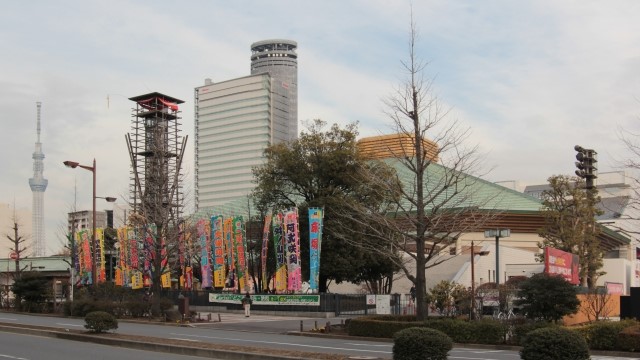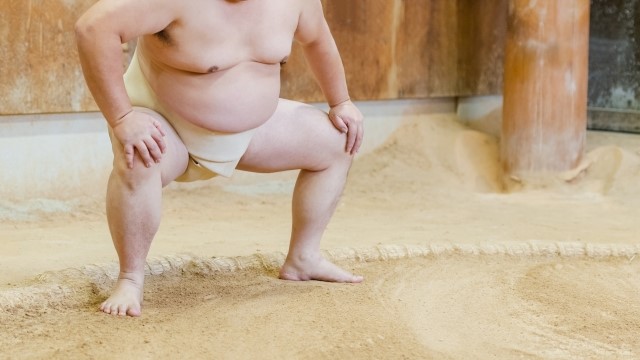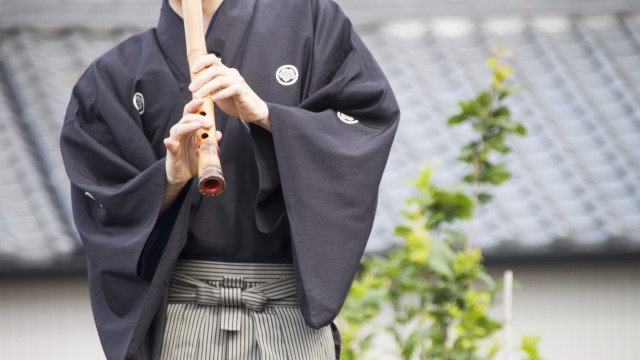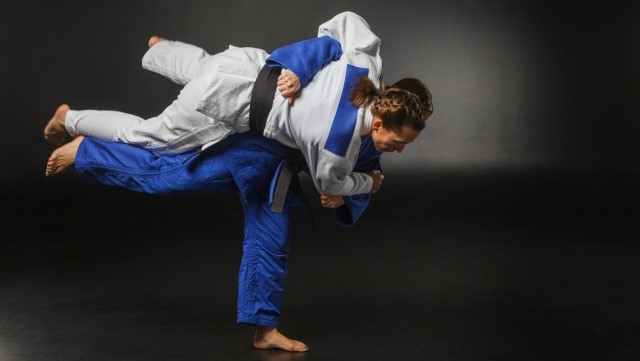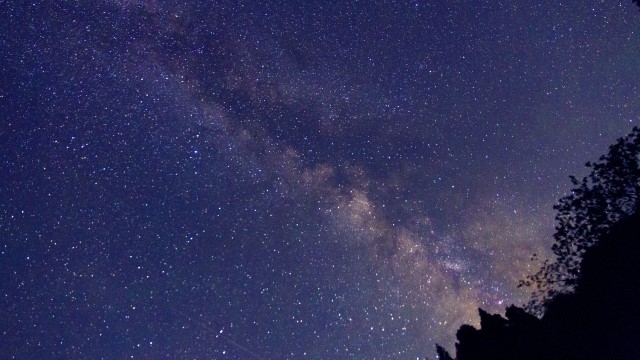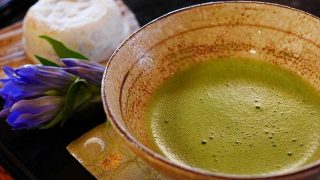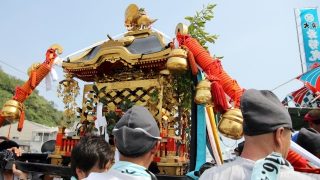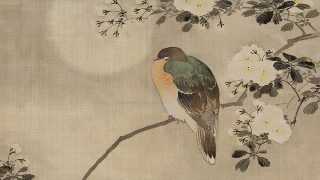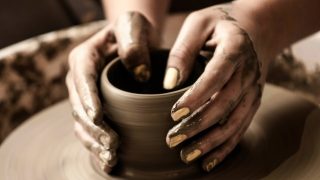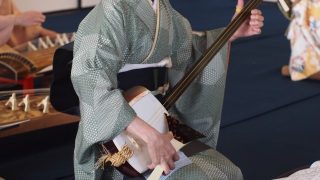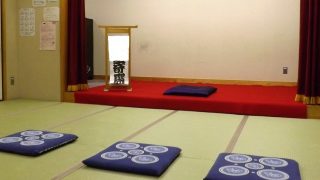About Sumo (相撲)
Sumo is the national sport of Japan. Two naked Sumo wrestlers wrapped in a mawashi fight in the Dohyo (Japanese traditional wrestling ring) pushed, stumbled, and threw their opponents.
The rules of Sumo are very simple: either take the opponent out of the ring or put a part of the opponent on the ring except the soles of his feet.
Unlike other martial arts, Sumo is an indiscriminate weight class. There is no rank by weight in Sumo. It doesn’t matter what nationality you are. Anyway, it’s a competition where the strongest person reigns supreme.
Sometimes, a lighter-weight Sumo wrestler throws off a heavier-weight Sumo wrestler to win, which is both powerful and exciting.
The fight is often decided in a split second, and the spectators are fascinated by the unique speed of the fight.
The beginning of Sumo
Sumo is said to have its roots in the “story of the comparison of powers” written in Kojiki and Nihon Shoki. Sumo was originally a ritual to pray for a good harvest of crops.
In the Nara period (710-794), Sumo wrestlers from Japan were invited to play Sumo to pray for a good harvest, which eventually became an annual event.
In the days of the samurai, Sumo is one of the skills to be practiced for fighting. Shoguns and feudal lords held viewing Sumo tournaments and hired the winners.
Kanjin Sumo became popular during the Edo period (1603-1868) when Kanjin Sumo was held to raise money to repair and construct temples and shrines.
Sumo wrestlers emerged from the ranks of the powerful, and they began to hold regular tournaments as entertainment. This became the prototype for the current Sumo.
Sumo became a popular pastime for the people in general, along with Kabuki.
To cleanse the sacred ring, the Rikishi (Sumo wrestler) sprinkles salt in the ring before their fight, a traditional Japanese culture that remains to this day. In addition, the Rikishi, Gyoji, and Yobidashi, which have not changed since the Edo period, are one of the true pleasures of Sumo.
The world of Sumo
The world of Sumo is an austere rating society. Rikishi(力士) are called Makuuchi(幕内), from Yokozuna(横綱) to Ozeki(大関), Sekiwaki(関脇), Komusubi(小結), and Maegashira(前頭). Those down to the Juryo(十両) are called Sekitori(関取).
Sekitori is tied by a large ginkgo tree(大銀杏), and when they enter the ring, they are allowed to wear a make-up mawashi(化粧まわし). Those below the rank of Makushita can’t even get a salary.
Six times a year, 15 days of matches are held called “Honbasho”(本場所). The rankings change according to the results of the matches, and the rankings are announced before the next game, called the “Banzuke”(番付).
Only the highest-ranked Yokozuna must achieve the results they deserve, or the Yokozuna will have to be retired. Tightening a rope (a thick tightening rope tightened by a Yokozuna) requires readiness.
The job of the Gyoji is to facilitate the match. The Gyoji looks like a referee because he decides when a game is decided, but the referee who sits underneath the ring makes the final decision. Gyoji also have ratings, and the color of their tassels and chinstraps on their hats vary depending on the rating.
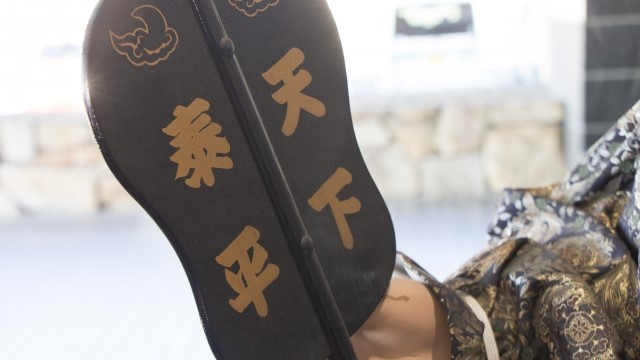
Rikishi (力士)
Mage
In matches and official places, Rikishi wears their hair a large ginkgo tree(大銀杏).
Normally, Rikishi has Chonmage.
Mawashi
There are Keiko mawashi and Kesho mawashi, and so on, but the Kesho mawashi can only be worn by Rikishi with a rating of Juryo or higher.
Dohyo (土俵)
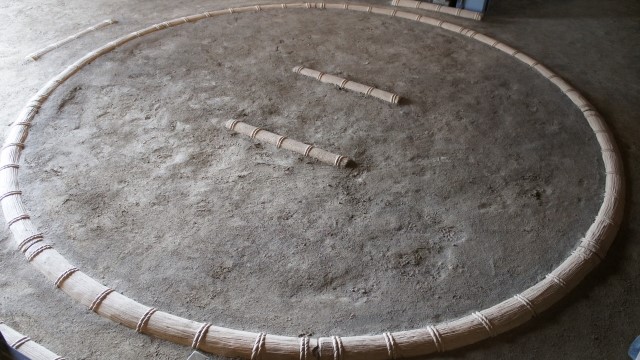
It is said that the Dohyo ring was first established around the middle of the Edo period. Until then, wrestlers used to wrestle in a circle of spectators. As the popularity of Sumo grew, it became necessary to put more distance between the spectators and the wrestlers, so the Dohyo was built.
About Ryogoku Kokugikan
Ryogoku Kokugikan is located in Sumida-ku, Tokyo, and is a facility for the grand Sumo tournament. The nearest station is Ryogoku Station.
It is also the venue for wrestling, boxing, and other martial arts.
If you are interested in Sumo, you should visit Ryogoku Kokugikan because you can feel the atmosphere of Sumo.
Address:1 Chome-3-28 Yokoami, Sumida City, Tokyo 130-0015
Photo: Ryogoku Kokugikan
